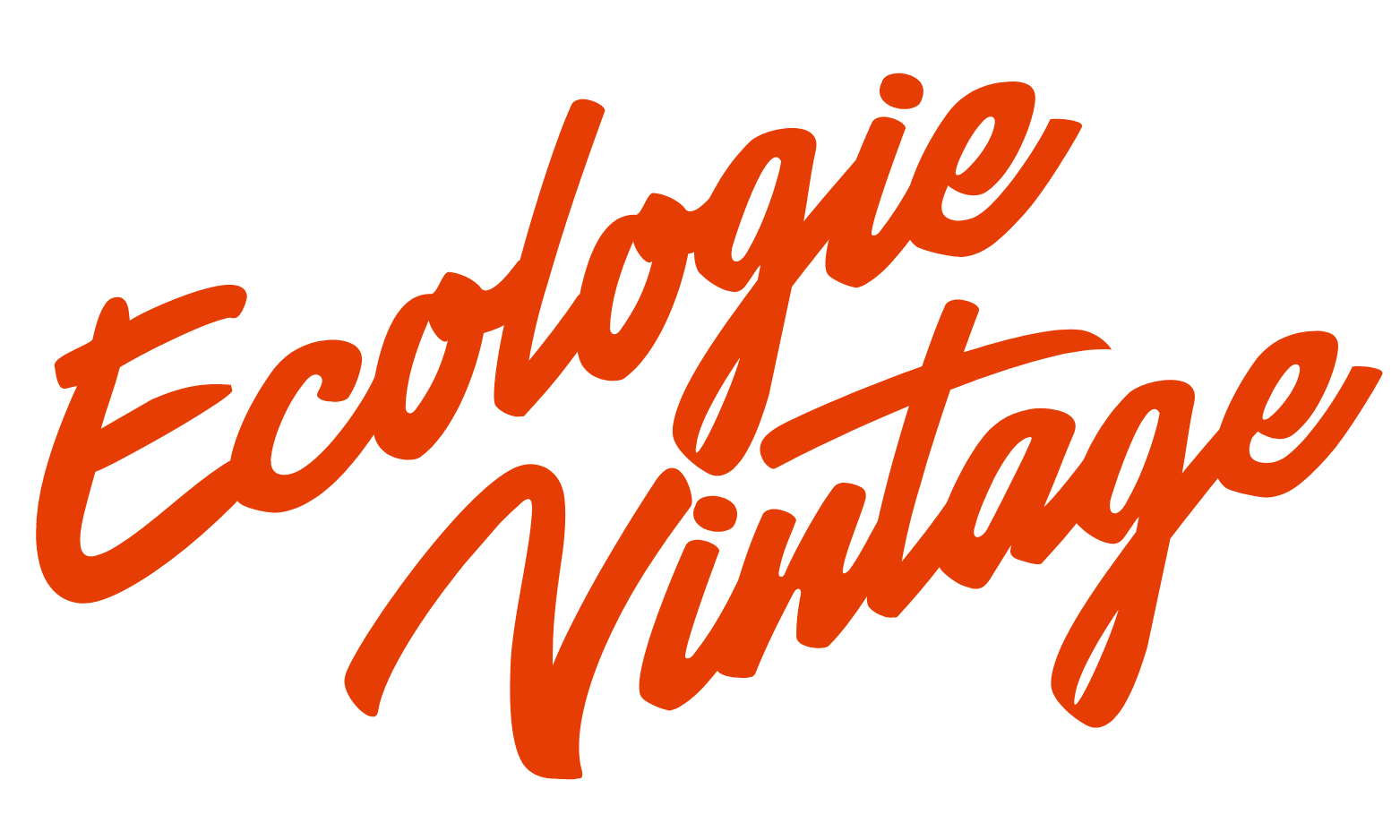In 1950, most American clothing was designed to last. Fabrics were chosen for durability, and attention was given to the construction of a garment. There was no concept of a dress being purchased only to be worn two or three times, then discarded. Silhouettes changed slowly which gave women a chance to invest in quality pieces, or sew them at home.
Currently in America, a typical 21 year old will purchase more clothing in one season than she would have in an entire year in 1950. Not only will the modern girl purchase more, she will purchase more frequently. Stores such as Forever 21 and H&M want us to stay “on trend” in order to sell us more. In the past, there were two seasons: summer and winter. Eventually, spring and fall also emerged as actual fashion seasons. There were only four distinct times of the year most women shopped for clothing, and styles took years to completely transform.
Now, companies that produce “fast fashion” want us to always be looking for the next trend. They rush to produce pieces seen on the runways during fashion week, and in doing so, produce low quality products that can be cheaply purchased. Their goal is to keep us wanting more for less.
If you have ever purchased clothing from these stores, (and most of us have) you know that even after the first washing, most items will either look a bit worn or begin to fall apart. Seams will have small holes, and knit fabrics will begin pilling. When the item is worn and washed again, the damage continues. By the third time you wear it, you see advertising from the store telling you what you “must have” now. The worn item in your closet is pushed aside to make room for the latest piece, and the cycle begins again. That is fast fashion.
Why should you care? Fast fashion is bad for the environment. From overloaded landfills to dyes running into rivers, fast fashion creates enormous amounts of textile waste. Fast fashion is bad for the health of the people who manufacture it. Garment workers across the globe are barely paid, work long hours, and most work in hazardous factories. Fast fashion is bad for our culture. It can create a consumer who seeks to find a false acceptance in a world of selfies and status. It encourages consumers to never feel satisfied. Fast fashion is bad for the traditions of workmanship. It places value on quantity instead of quality.
What can you do to help? Buy quality products that will last from stores that are environmentally friendly, shop resale and vintage, learn to sew and up-cycle your clothes. It will be hard to stop shopping at stores that mass produce cheaply made garments, because the prices are so low. It is a habit, and habits are hard to break. We want to challenge you to shop only resale for three months. If you would like to learn more about fast fashion and how you can make a difference, please email us at ecologielove@live.com. Ecologie Resale & Vintage is dedicated to helping you be “on trend” without fast fashion!
